A Hodgepodge: the Musée de l'Orangerie's Matisses, ceiling paintings, and plentiful pinky promises.
*This email may be truncated in your inbox. To make sure you are reading the entire post, please move yourself along to a web browser!
I’ve been hopping around via car and plane this month—prepping for getting married, working in our Eames archive, having friend reunions, and eating (a lot). It’s felt both fun and truly hectic. My mind is definitely reflecting this reality! Here’s a hodgepodge of things I’ve been compiling in that brain of mine lately.

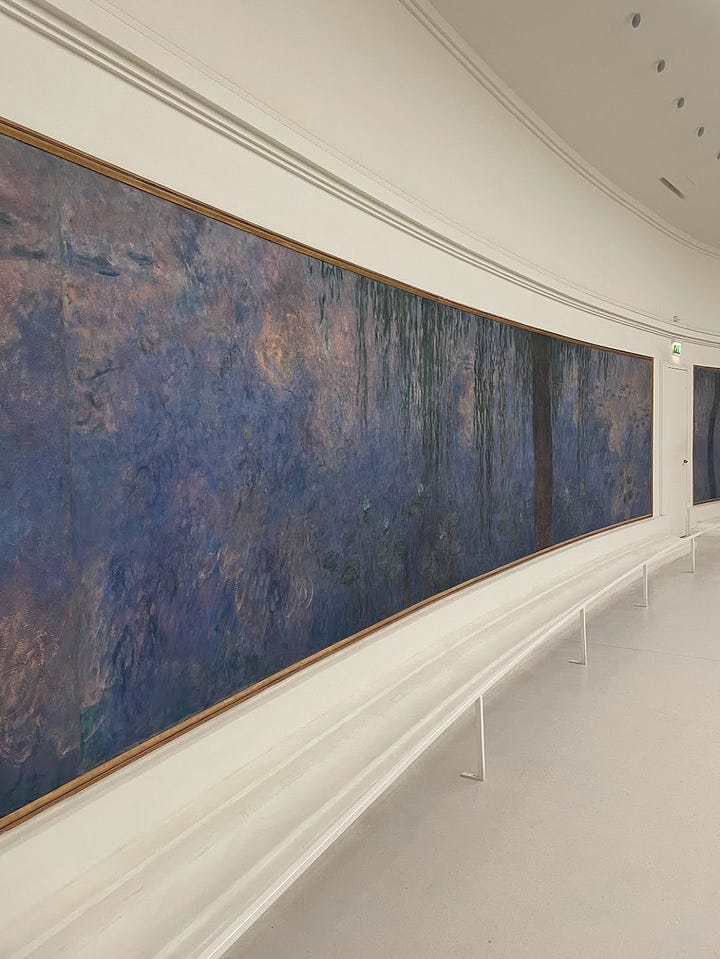
You can take a look at my previous hodgepodge, where I wrote about clothing brand Bode’s lack of literature as props, the oil paintings of Sahara Longe, and Isamu Noguchi’s Miss Expanding Universe sculpture.
A visit to Paris and the “Matisse room” at Le Musée de l’Orangerie
Between a large spoonful of mousse au chocolat at lunch and a late-afternoon Airbnb check-in time, we squeezed in an important viewing of Monet’s Water Lillies at Le Musée de l’Orangerie. Upon arriving in the first room of oversized, panoramic paintings, the strong smell of body odor hit us like a freight train. The stench— combined with maybe 100 or so people in the gallery—made for a very quick, nauseating visit around the oval-shaped rooms. Mais, c’est dommage !
To seek refuge from the smell, we jumped into a gallery dedicated to the museum’s permanent collection. I guided myself pretty fluidly to a room filled with Matisse paintings, quickly having the urge to snap photos of as many details as I could. I’ve always had an affinity for his signature, his colors, the layering of paint strokes.
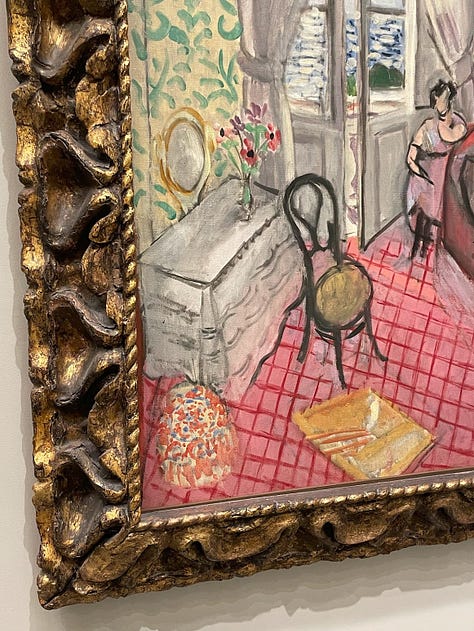
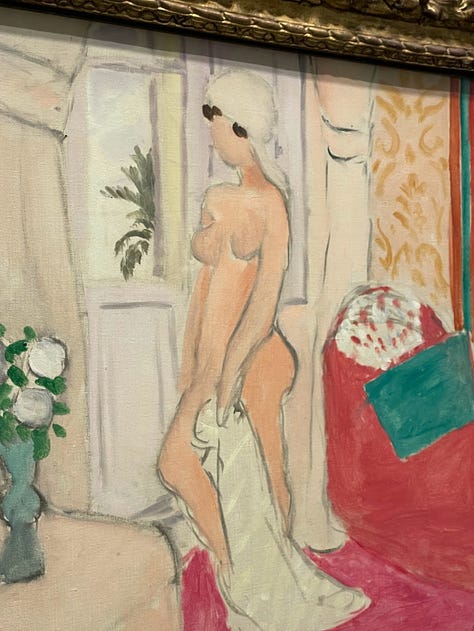

I’ve been thinking a lot lately about how I currently interact with art and art history, especially in comparison to previous stages of my life. When I was hyper-focused on my art history studies and absorbing the information (names, dates, art movements, materials, etc.), I found myself more interested in the painters themselves, and the reasons why they painted. My hunger aimed at getting the art history timeline and its important cast of characters solidified in my memory.
These days, I feel more secure in my general knowledge of these people and époques, and there’s less pressure to *know everything*. The more I learned, the more I realized I didn’t know very much, anyway! (The same goes for every subject in life!) Now, it feels like I can zoom in and appreciate art in a much more heart-connected way. My brain is less on, and my feelings are more tuned into the emotions that the color schemes, contrasting elements, patterns, and the clothing painted on the characters in portraits bring to me. Maybe this has something to do with my recent re-focus on fashion, and also because I began oil painting a couple of years ago? Clearly, I’m not sure what it is!*** But the new approach is making me fall back in love with painting in a way that feels impossible to describe. As I learned before, I shouldn’t try to intellectualize it. Instead, I’m in a mode of pure enjoyment.
***Maybe it’s also the magical love spell of Paris?


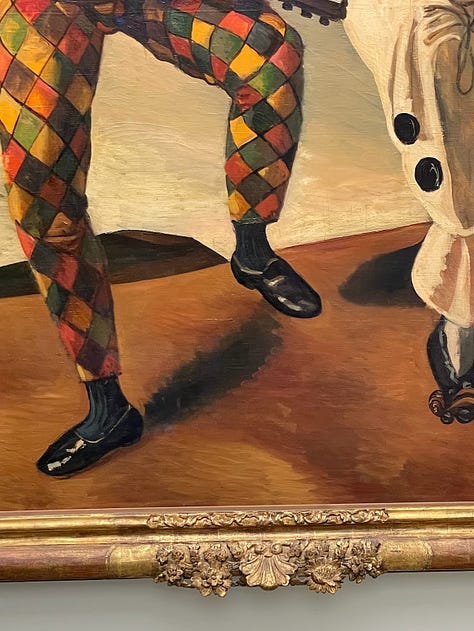
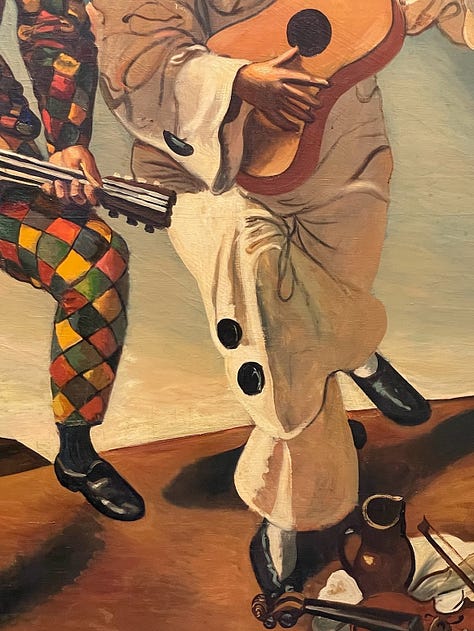
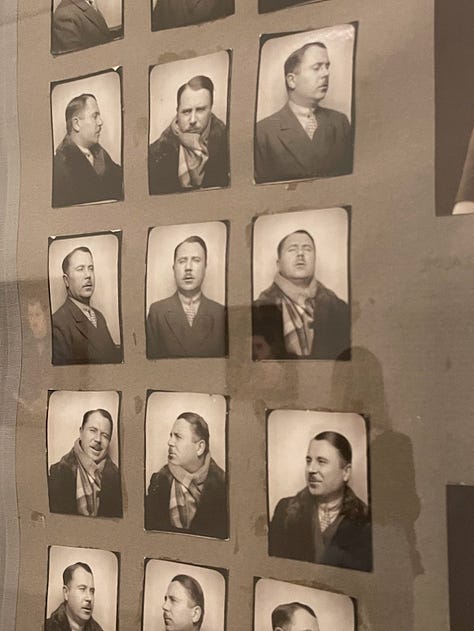

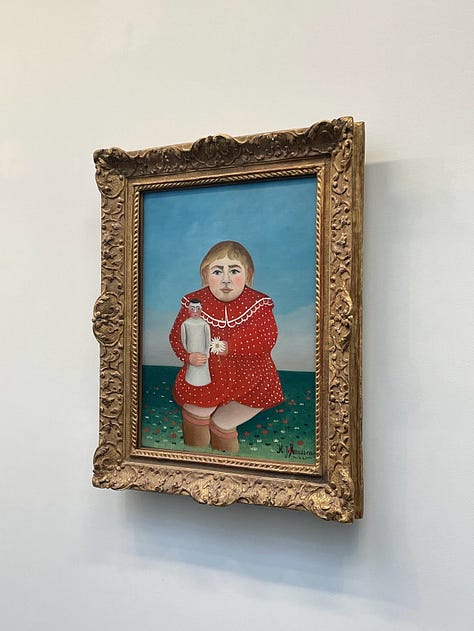


Pinky Promising
I am a stern and frequent practicer of the pinky promise, and I’m guilty of unintentionally holding my smallest finger out while sipping on drinks. J. Hannah (who is responsible for keeping my nails painted in some of my favorite polishes ever) recently released a collection of pinky rings. Inside a newsletter announcing this collection, was the perfect ode to our two most delicate appendages.




THE LITTLE FINGER: ORIGINS & RITUALS OF THE PINKY
Known as the baby finger, the little finger, the fifth digit, and in Latin: digitus minimus manus, the pinky finger has a surprisingly detailed origin story. Perhaps the slight "so and so has more creativity in their little finger than so and so has in their whole body" carries some weight—the pinky is not to be underestimated!
The terms pink and pinky have always been used to describe a diminutive thing but were not reserved for the finger until 1808. Inheriting the term from the Dutch, the Scots were the first to expand the definition to anything small, specifically the little finger.While pinkie is now reserved to describe the smallest finger, its etymology stems from pink, the Dutch word for small. More than a color, pink was commonly used as a verb, not only to describe small things in general but more specifically to describe half-shut eyes. In Dutch, pinken means to blink or wink, with pinck oogen meaning small eyes. In Standard English, pink was used to describe something partially shut, only recently falling out of fashion.
Despite its small size, the pinkie is the most superstitious finger on the hand. In the famous palm reading guide, Cheiro's Language of the Hand, a long, well-shaped pinkie is associated with the savant and philosopher, giving its owner power of influence and enhanced articulation.
But don't let an elegant pinky go to your head. It is now considered wildly out of fashion, even arrogant, to extend it while sipping tea.
Pinkies have been used to seal promises since the Edo period of Japan (1603–1867). Known as yubikiri genman, the pinky promise is not unlike many traditional children's rituals—rooted in grim beginnings made charming through rhyming schemes and folklore. In English, the term translates to finger-cutting and was first used by a woman to declare devotion to her lover bequeathed to someone else. The term has since dropped its fatalistic meaning but is still used to seal oaths and declare loyalty.— J. Hannah
According to this, I’m arrogant as heck, but I refuse to tuck in a pinky that wants to cheerfully salut the world!
This photograph of Heather Jeanne Chontos’s ceiling painting is like a petite-scaled, way less-religious Sistine Chapel situation.
In my first Absolument writing, I mentioned the enigmatic photography of Jo Metson Scott. She just shared a glimpse of a project she’s been working on: documenting the rhythmic painting of Heather Jeanne Chontos. I probably shouldn’t compare anything to the Sistine Chapel, but it’s hard not to reference it while someone is painting a ceiling!
The Youngest of all Emperors
Young Emperors is a “visual performance” duo created by Isabelle Chaput and Nelson Tiberghien, in which “they unified with a sovereign dream of working under the value of love in real life and professionally renouncing their own name and gender with an identifiable twin look.” I discovered them thanks to Instagram and have been completely caught in their visual loops. When you watch their videos, you begin to lose sight of reality and everything becomes more surrealist. In one performance, for example, Isabelle announces, “I want a croissant,” and then demands a larger pastry after Nelson pulls a lackluster one out of his jacket. In a series of their videos, a fashion thief scatters away with an object of desire. I don’t want to spoil the rest because I want you to jump into their universe yourself!
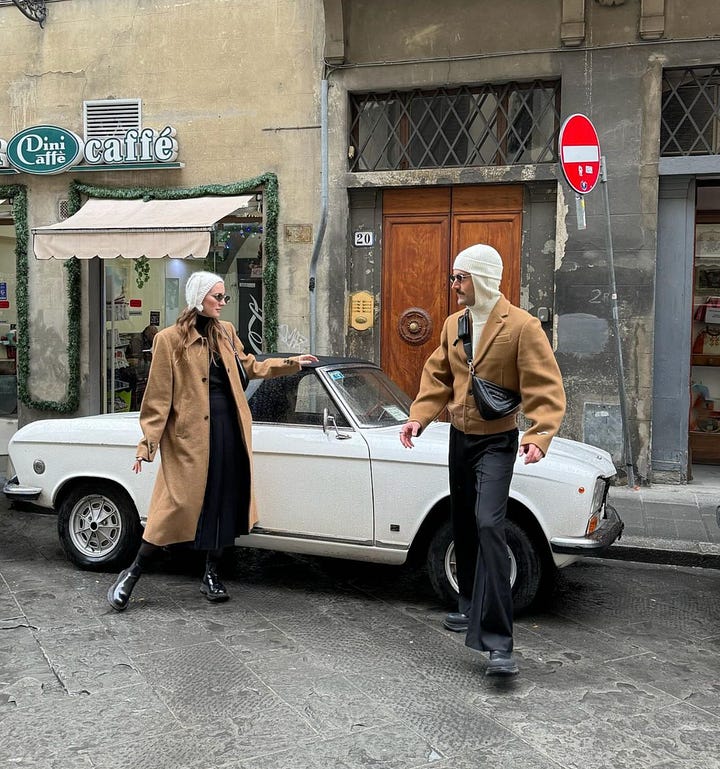

Related Notes:
Joan Jonas—not to be confused with Joe Jonas—has been called “the artist to know now” by MoMA. In the video below, Joan’s narration claims, “I don’t have any rules or boundaries. I’m just always looking for strange, interesting things.” Me too, Joan, me too. A retrospective dedicated to Jonas’s 50-year art career is now up at MoMA until early July. My New Yorkers: can you go and tell me everything you learned and loved about her?
Another thing about Joan Jonas: her apartment tour was fascinating. She sat on an Eames chair and talked about her New York loft living space, which she has inhabited since 1974. Honestly, it looked so much like an apartment I lived in during my NYC chapter and made me hyper-nostalgic!
Some Partnership Edition paintings are somewhat reminiscent of the Matisse room discussed above—specifically the painting Correrei Para Ti by Aline Gaiad (below). I find myself drawn to Joshua Perkin’s paintings too, which were a part of PE’s march edit.
Curatorio, an online shop for vintage objects and fine art paintings, is selling a vintage Montmartre oil painting. It reminds me of a painting at the Orangerie too. Montmartre is an easy place to be inspired by—I’m obviously charmed by it!

I learned about sculptor Enid Yandell, thanks to a post by @Catastrophe.off:
Artist and social activist Enid Yandell was the first woman to be inducted into the National Sculpture Society in 1898.
Born in 1869, she defied norms as a pioneering sculptor from Louisville, Kentucky. At just 21, she gained fame for her work at the 1893 Chicago World’s Fair.
Her crowning achievement was a monumental statue of Pallas Athena for the Nashville Exposition. Commissioned at just 27 years old for the 1897 Nashville Exposition, her work symbolized the city’s moniker, “Athens of the South.” Crafted in sections in her Paris studio, the sculpture stood tall in front of the Fine Arts Building, a replica of the Parthenon.
The inspiration for her design came from the Pallas de Velletri, a sculpture discovered near Rome, Italy, during the eighteenth century. This artwork portrayed Athena with one arm raised triumphantly and the other extended with an upturned palm in a welcoming gesture.
**
Will you have a great week? Pinky promise?
Kelsey Rose


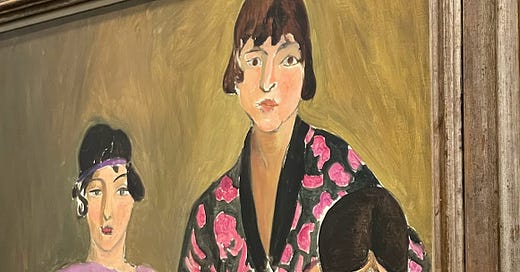





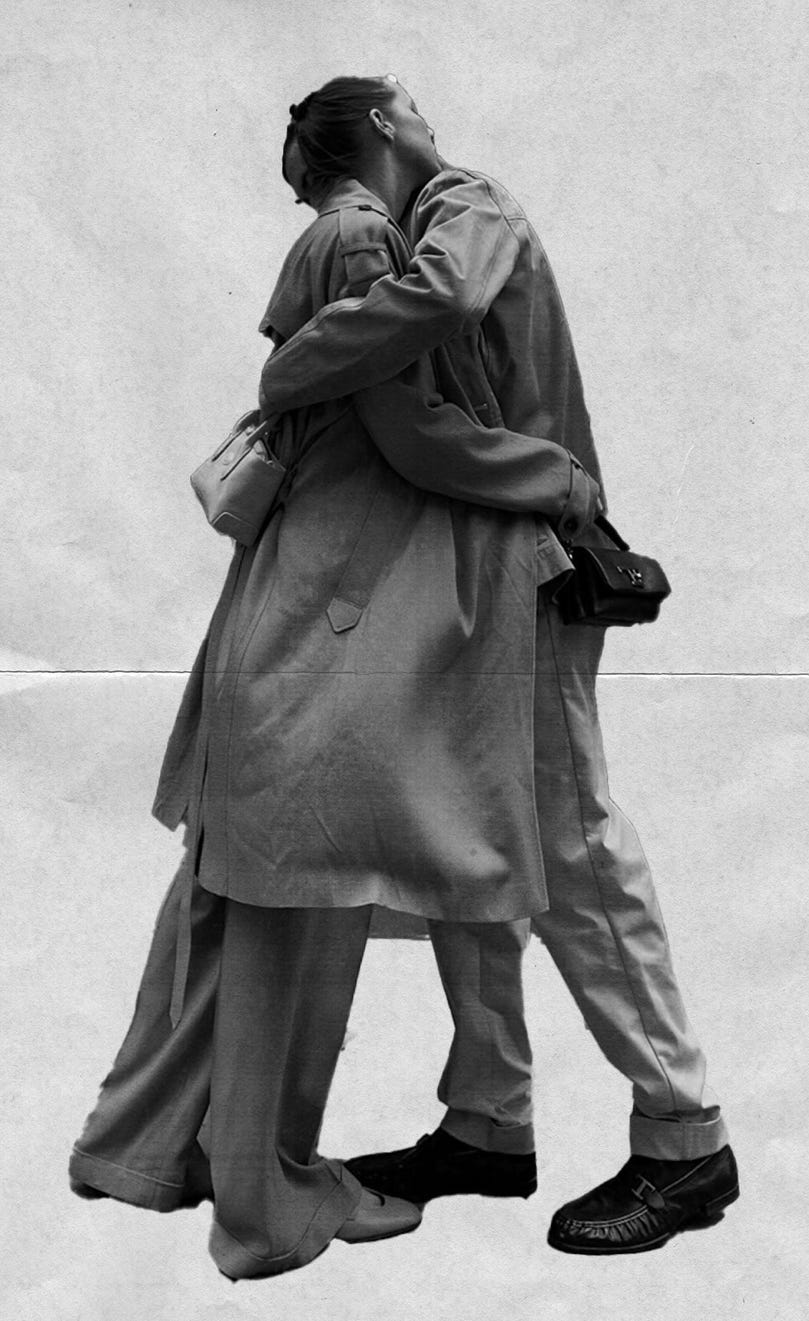




Matisse is my favourite - love the little detail snips you shared. Such amazing colour. 🩷
Wow, just checked out Young Emperors, what a trip. I always enjoy your recommendations. xx
I’m excited to visit the Matisse room (and the stinky water lilies 😂) when I visit France in a couple of weeks!